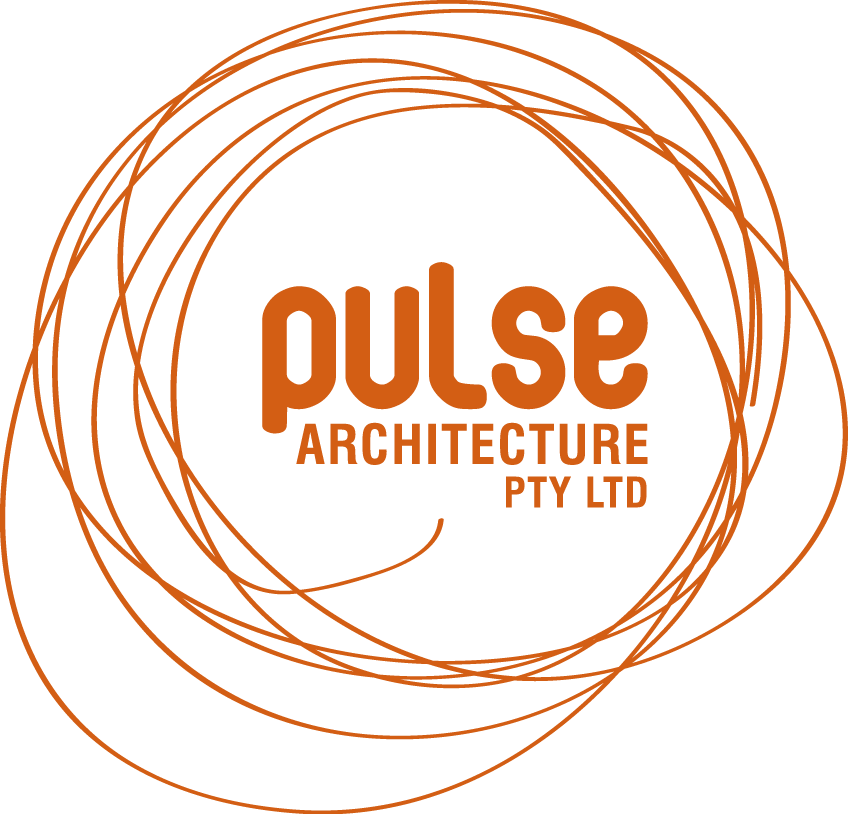COGNITIVE BIOPHILIA TO ENHANCE PATIENT EXPERIENCE
THE IMPACT OF OPEN SKY COMPOSITIONS ON PATIENTS:
In 2016, Texas Tech University published a second study that analysed the effect of multi-sensory Open Sky Compositions on Acute Stress and Anxiety in a medical-surgical inpatient unit at Covenant Health Hospital in Lubbock, TX.
The single blind study found a difference in Acute Stress by more than half (%53.40) and a difference in Anxiety by more than a third (34.79%) in patients assigned to experimental rooms where the architecturally staged illusions of sky were introduced.
1. BEYOND POSITIVE DISTRACTION.
It has been studied and proven that humans react positively to nature and even the image of nature or landscape. This has been well studied in health-care environments where positive distraction for patients has proven benefits. Positive distraction, results in reduced anxiety in patients which is crucial when patients are confined and find themselves in unfamiliar and often high stress facilities.
Image: St Vincent’s Private Hospital in Toowoomba, Designed by Pulse Architecture.
2. NATURE IMAGERY AS A MULTI-SENSORY WINDOW.
Visual imagery, or seeing with the mind’s eye, contributes to key cognitive processes such as Episodic Memory, Future Prospection, Visual Working Memory, and Dreaming by taking the observer into the past and a simulated hypothetical future. Utilizing imagery windows will not only alter the observer’s perception of space, but also provides greater healing benefits.
Image: Imaging Associates Radiology in Boxhill, Designed by Pulse Architecture.
3. THE HEALING BENEFITS OF PERCEIVED OPEN SPACE.
Studies concerning the neuro-biological understanding of the malleability of cognitive perception especially in an enclosed interior uncovers a new design solution and opportunity for healthcare architects.
Architects are now empowered to create perceived open spaces in the most constrained areas within hospitals by utilising the effects of illusionary windows or skylights. These illusionary views have no interruption on the existing structure of buildings.
Image: St Vincent’s Private Hospital in Toowoomba, Designed by Pulse Architecture.
4. CONTEXTUAL CUES AS REDESIGN TOOLS.
Studies have shown that the environmental context plays a role in controlling the visual cortex signal strength, which when architecturally staged conjures an intuitive experience of vastness. In our memory, unconsciously we store spatial reference frames which create the sense of space. These can be triggered at a neural level to create perceived open spaces in interiors while the space is fully disconnected to outdoors.
Image Credit: Sky Factory
5. HEALING INTERIORS WITH SPATIAL POLARITY.
This new design approach presents two fundamental spatial connections: the apparent peak and the visible horizon line, which fill in as the helpful gauge of spatial cognition. By associating disconnected spaces with apparent openings to nature, out Body Schema, which is the neural portrayal of the body, naturally stretches out into the physical environment, as opposed to withdrawing from it.
Since our Body Schema is adaptable and reacts to natural prompts, multi-sensory imagery can reproduce the sign of tasteful compositional architectural design: spaces that offer spatial polarity of feature Prospect and Refuge, all-encompassing vistas from a position of solace and well-being.
Image: Imaging Associates Radiology in Boxhill, Designed by Pulse Architecture.
6. VIABLE COGNITIVE TECHNOLOGY.
Considering the anticipated global urban growth, medical clinics and hospitals are forced to develop larger buildings to accommodate a larger & denser population. More likely these changes and expansions will result in greater internalised and enclosed interior spaces. Our aim is to create places of healing and wellbeing. We can introduce of vistas, even if they are wall or ceiling art that enhance wellness. Producing apparent open space offers a practical, cognitive innovation to change the conventional design approach.
Image Credit: Sky Factory






